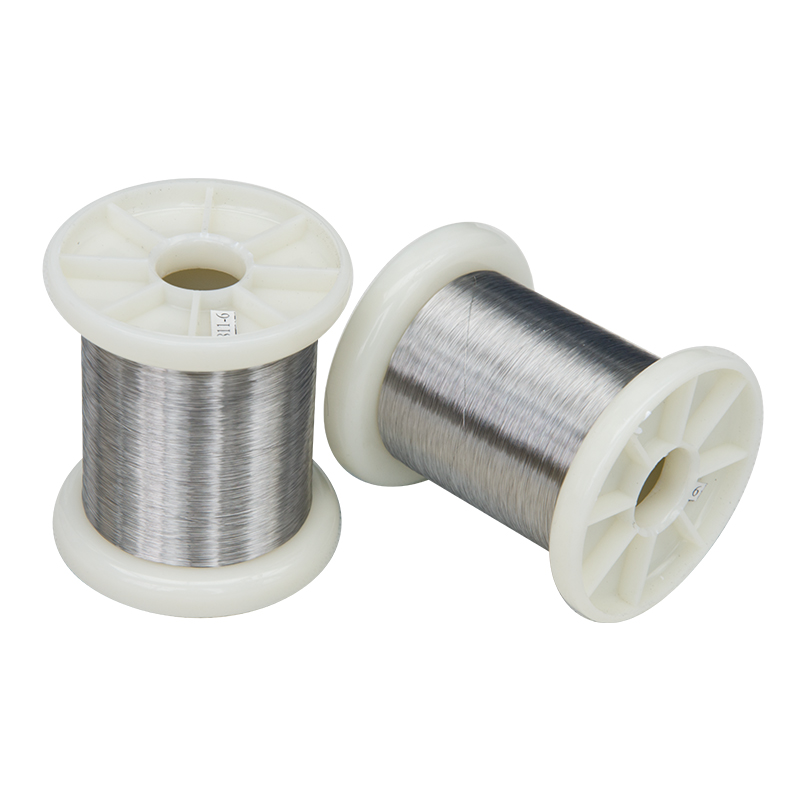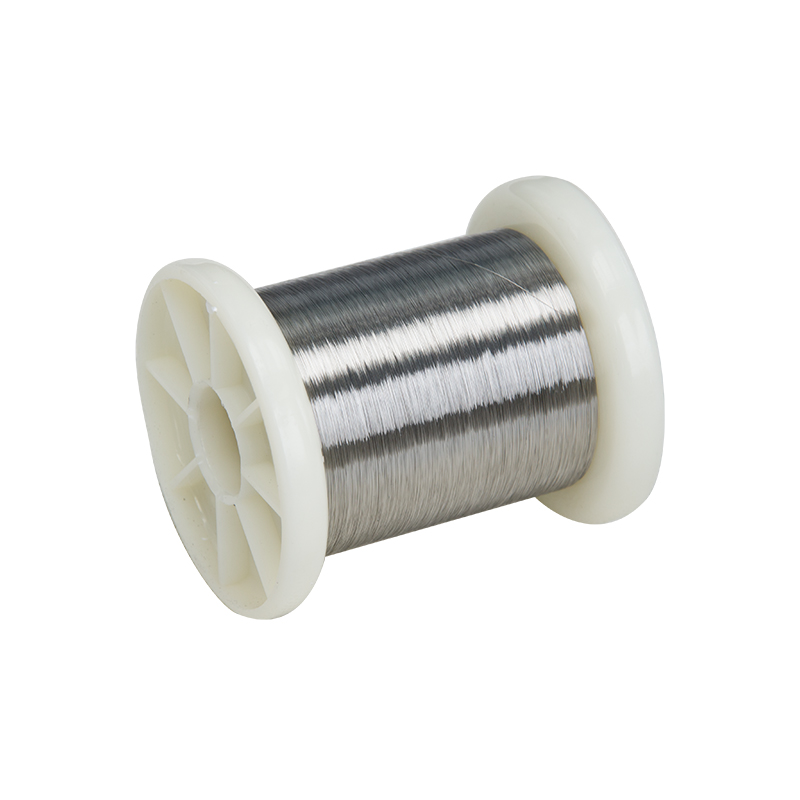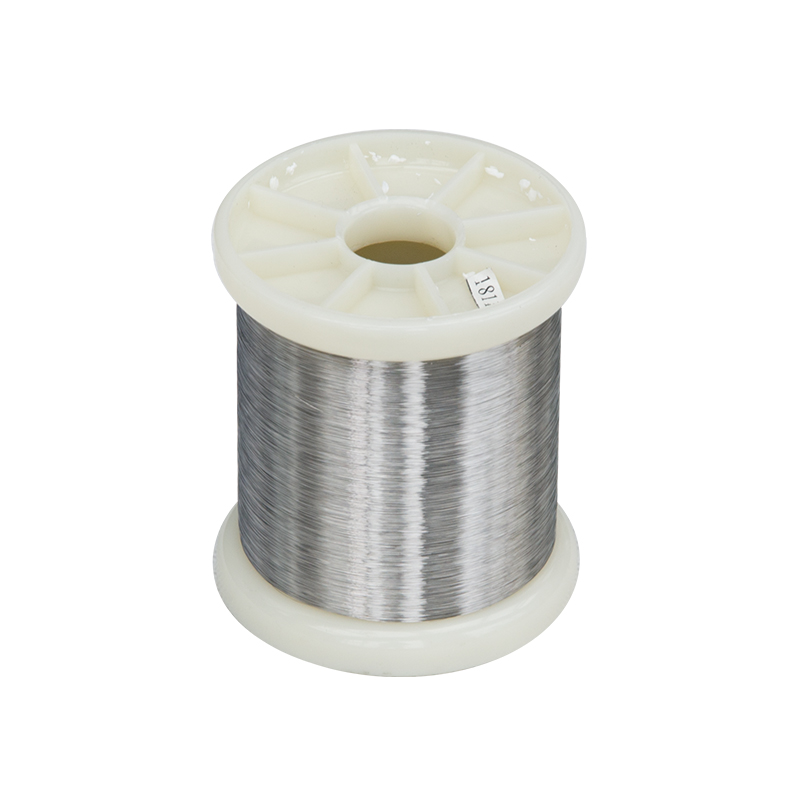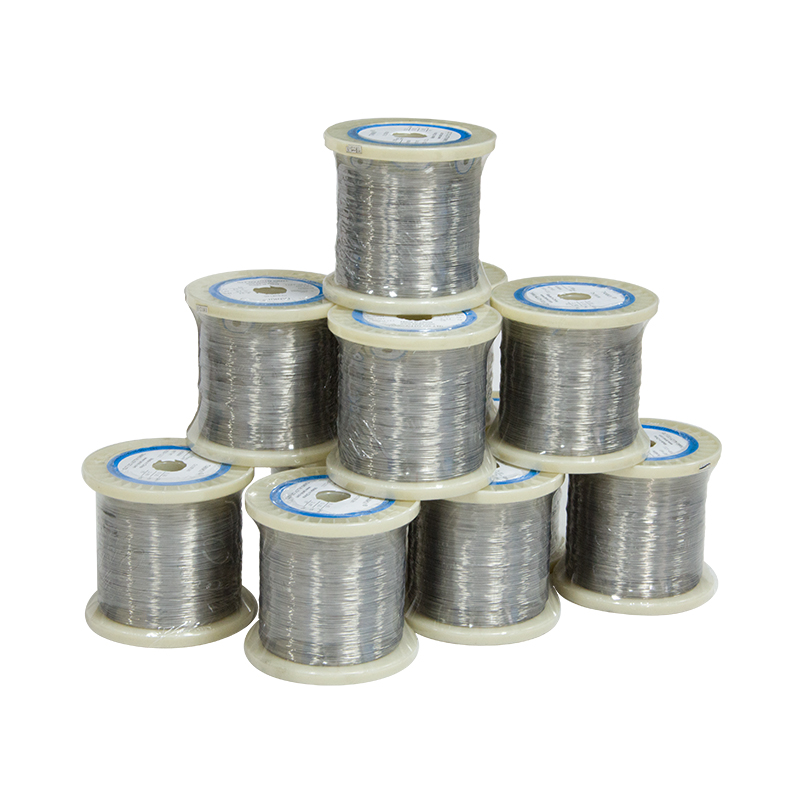Willkommen auf unseren Websites!
4j54 Eisen-Nickel-Draht mit konstanter Ausdehnung und Glasversiegelung, Feni54
Chemische Zusammensetzung in %, Invar
| Marke | Chemische Zusammensetzung | ||||||||
| Ni | Fe | C | P | Si | Co | Mn | Al | S | |
| ≤ | |||||||||
| 4j42 | 41,5~42,5 | Bal | 0,05 | 0,02 | 0,3 | - | 0,80 | 0,10 | 0,02 |
| 4j45 | 44,5~45,5 | Bal | 0,05 | 0,02 | 0,3 | - | 0,80 | 0,10 | 0,02 |
| 4j50 | 49,5~50,5 | Bal | 0,05 | 0,02 | 0,3 | 1.0 | 0,80 | 0,10 | 0,02 |
| 4j52 | 51,5~52,5 | Bal | 0,05 | 0,02 | 0,3 | - | 0,60 | - | 0,02 |
| 4j54 | 53,5~54,5 | Bal | 0,05 | 0,02 | 0,3 | - | 0,60 | - | 0,02 |
Grundlegende physikalische Konstanten und mechanische Eigenschaften der Legierung:
| Marke | Wärmeleitfähigkeit | Spezifische Wärmekapazität | Dichte | Elektrischer Widerstand | Curie-Punkt |
| 4j54 | 18,8 | 502J | 8.28 | 0,42 | 530 |
| Typisches Ausdehnungsverhalten (10 -6 / ºC ) | ||||||||
| Temperaturbereich | 20~100 | 20 bis 200 | 20~300 | 20~350 | 20~400 | 20~450 | 20~500 | 20~600 |
| Ausdehnungskoeffizient | 10.7 | 12.7 | 10.7 | 10.7 | 10.8 | 10.3 | 10.8 | 11.2 |
4 j54 Legierung wird hauptsächlich für und Glimmer, weiche Dichtungsglas verwendet
Schreiben Sie hier Ihre Nachricht und senden Sie sie an uns
Produktkategorien
-

Telefon
-

E-Mail
-

Whatsapp
-

WeChat
Judy
150 0000 2421
-

Spitze














